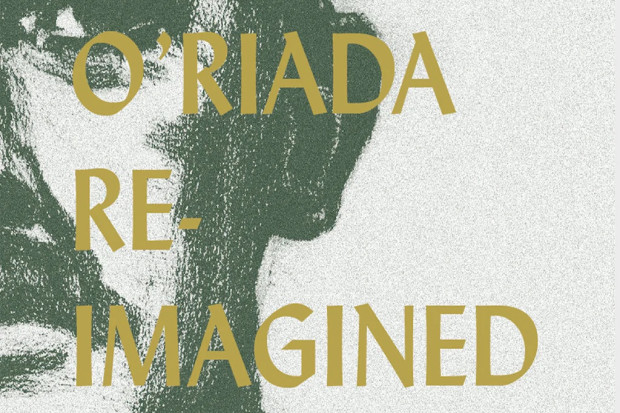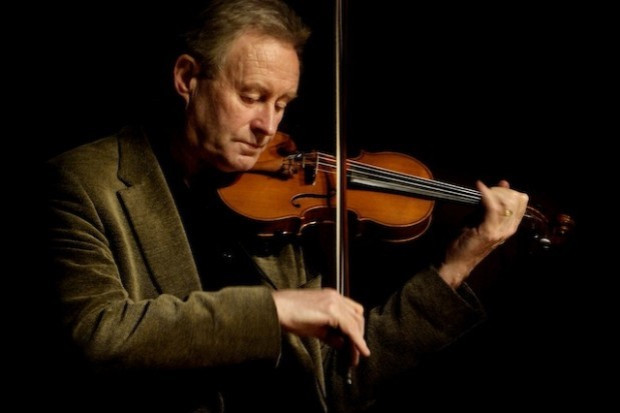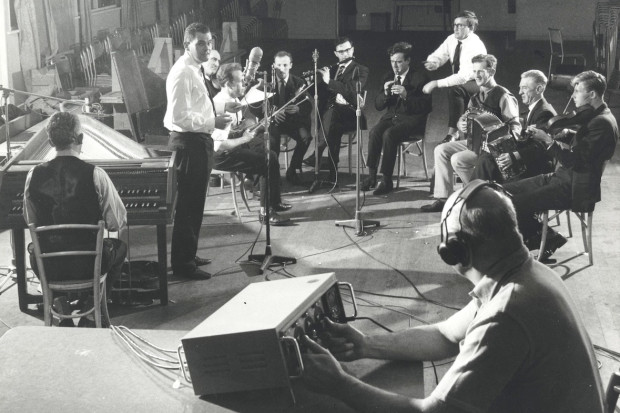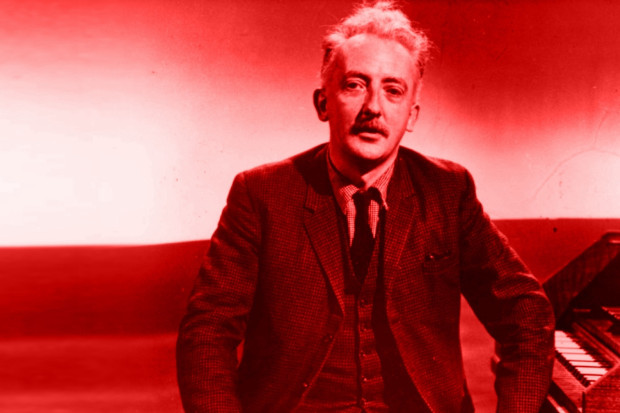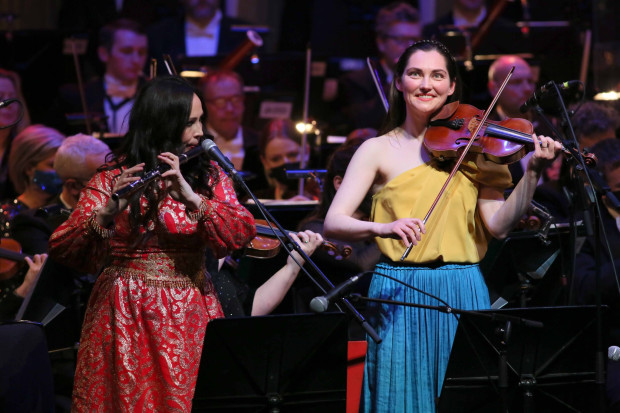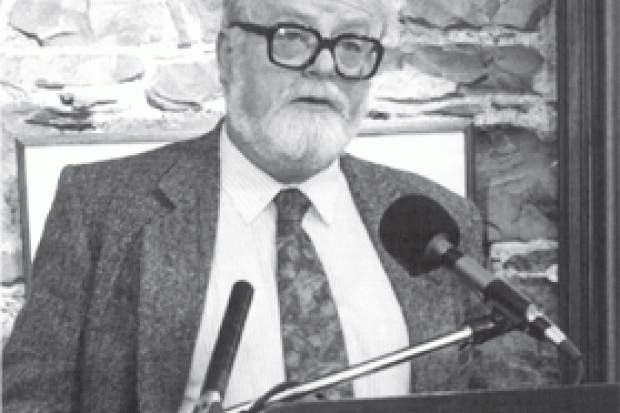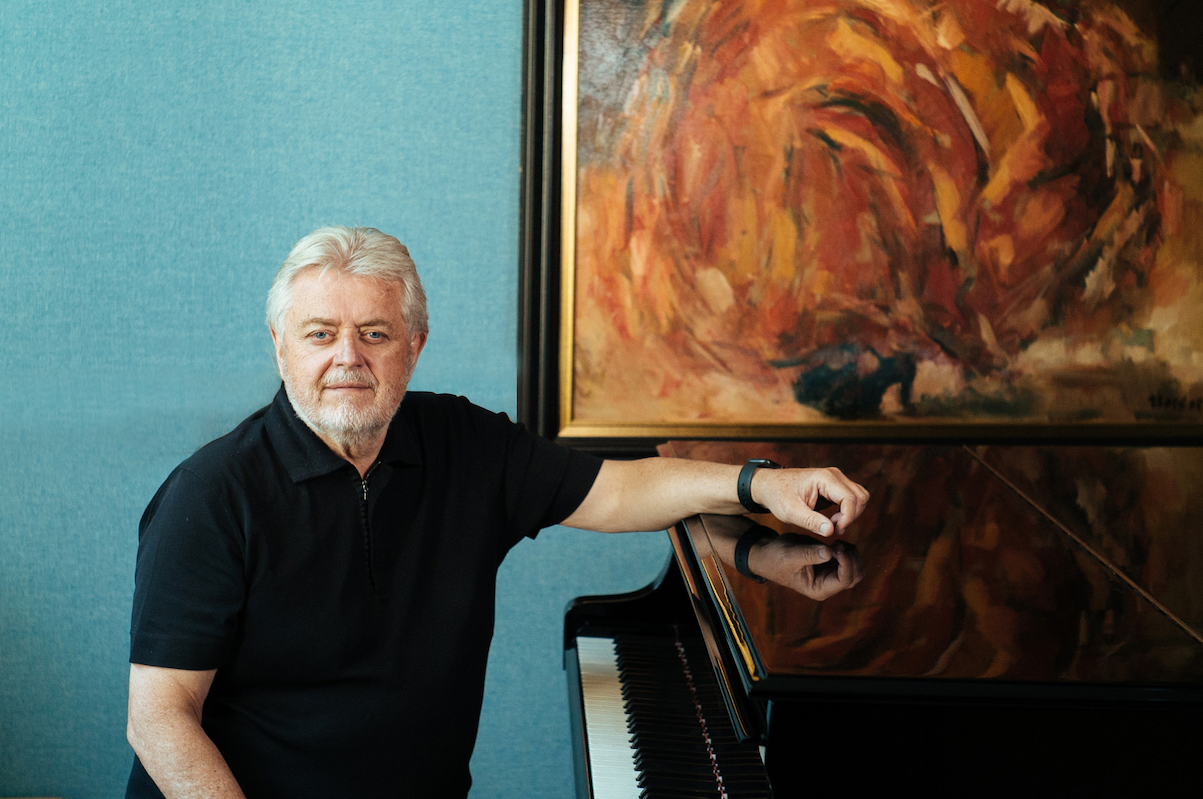
Bill Whelan
A Rare Road in Irish Music
It’s in the title. The composer and producer Bill Whelan has had a long and storied career, but one work stands out both in Whelan’s mind and the public’s as a career highlight. The Road to Riverdance is Whelan’s new memoir, and it details exactly that, chronologically exploring the composer’s life leading up to the 1994 Eurovision halftime show and the subsequent adaptation into stage performance.
Born in 1950, Whelan was raised as an only child in Limerick and brought through Jesuit education at Crescent College before studying law at UCD. The book traces the path of his life from early childhood through his development of a career in music and stopping in on numerous notable collaborations along the way.
The early parts of the book are told with a heady nostalgia, a recollection of 1950s Ireland, of boys in shorts hitching rides on trains and Jesuit priests doling out corporal punishments; of his cousin Tom Lawlor’s pranks in the children’s orchestra, and of awkward teenage dances. The effect, doubled by the book’s extremely straightforward style, is not at all far from Stephen King, minus much of the peril.
Though Whelan rarely discusses the turbulent politics and violence of Ireland in the twentieth century directly, you get a sense of them playing around the edges, whether in his father’s antique gun collection, or in his construction, with some childhood friends, of improvised pipe bombs. (Luckily, any explosions the boys made were minor.)
The central portion of the book, exploring Whelan’s early career and his move away from law, feels like the whirlwind rise to success of a film about stardom. Whelan always had, it seems, a head for the music business, from opening a recording studio in his parents’ attic while still in secondary school to pitching demos to record labels. It was the latter that led to his first major musical success, with his track ‘Denise’ finding its way to Richard Harris, who used it as the title music for his film Bloomfield.
1970s and 80s
Names – some familiar or famous – begin to appear, as Whelan recounts the 1970s and 80s, and his early work as a producer, a theatre keyboardist, and a copyist for RTÉ. And while there’s a sense of ‘one thing led to another’, there’s also a sense of Whelan making and maintaining connections. The work with RTÉ led to the National Song Contest, which led to the Eurovision and Whelan’s collaboration with Shay Healy for the 1980 Eurovision-winning ‘What’s Another Year’, performed by Johnny Logan, and then to his first Eurovision halftime show, 1981’s Timedance, written for Planxty. From there, chapters are devoted to the contributions he made to albums by Kate Bush, to the score for the film Lamb he worked on with Van Morrison, to working at Windmill Lane including on U2’s song ‘The Refugee’, and to reconstructing Seán Ó Riada’s Mise Éire. There is never a loss of clarity, though many of the people he describes are thumbnail sketches, summed up by a single physical or behavioural characteristic.
Much of the dialogue reads as though narrativised rather than recalled. Healy introduces ‘What’s Another Year’ thus: ‘I’m after getting my song into the National Song Contest final. It’s a ballad I wrote for me Da. I’m gonna ask Johnny Logan to sing it. It would be great if you did the arrangement.’
But there are touching moments – the deaths of Whelan’s parents get a chapter each, and they’re the most heartfelt in the book; and his courtship and marriage to Denise Quinn (and their honeymoon, which could have been an episode of Father Ted).
Whelan’s late-in-the-book admission and description of his alcoholism feels similarly grounded. It comes slowly, like a reluctant confession; in early chapters, he describes his fondness for wine. Later, an arrest for drunkenly driving the wrong way on a one-way street. Then in Chapter 31, ‘Alcohol – The Yeats Festival’, he details the preponderance of drinking in the music and legal professions. Even then, for the first page and a half, he seems to avoid acknowledging the addiction directly, eventually introducing it in the third person – ‘A fellow addict once said to me that she was drinking because she was an alcoholic’ – before fully grappling with it.
It’s unclear from the book whether he knows it, but the text demonstrates Whelan’s skill for recognising opportunity, for knowing when to say yes; in short, for being an artist in business. It’s a skill he recognises in others too, acknowledging Kate Bush’s musicianship (‘She took our master piper, Liam O’Flynn, on a kaleidoscopic journey through the tune, adding a curl here, lengthening a phrase there, until they had crafted a superb performance’) as much as her business acumen (‘… she deftly navigated the notoriously choppy waters surrounding the James Joyce estate’ in securing rights to use words for her song ‘The Sensual World’).
Roads before and after
There’s no doubt that Whelan sees Riverdance as the culmination of his career. Two chapters are devoted to it – one to the Eurovision performance in 1994; the next to the subsequent stage show. As ever, much of Whelan’s storytelling revolves around the collaboration that brought it to life, though he does delve a little deeper on the music here than elsewhere, describing the iconic 6/8-into-4/4 rhythm as ‘Chaggada chaggada cheque book cheque book’. And it’s fair to acknowledge that the market for this book is likely not a specialised music audience.
Riverdance is a very effective piece of entertainment. While it could be written off (as Adorno wrote off Rachmaninoff’s C sharp minor prelude) as ‘just’ a long crescendo, there’s a skill in composing something entertaining, with as strong a melodic and harmonic hook as Riverdance provides. Even listening back to it for this review, that first chromatic step up in the bass under the meandering septuple-time pipes melody is so effective, an unexpected but fitting ratcheting up of the tension before the pressure valve is released at the end of the phrase.
I’ve liked most of Whelan’s music that I’ve heard; he has an ear for melody, harmony and clean production and orchestration. But Riverdance, the culmination of the book’s title and direction, is a work almost thirty years old, premiered when the author was in his forties, and following not long after other successful works, The Seville Suite (1992) and The Spirit of Mayo (1993). He’s worked as a composer since then, both in rearranging his own music (such as the Riverdance orchestral suites) and in original compositions (like The Connemara Suite and a flute concerto for James Galway).
But in reading the book, I hoped – perhaps optimistically, given the book’s title – for some insight into how Whelan views the road since Riverdance. The work dominates his career so completely that the three decades following it are summed up in a four-page final chapter titled ‘Reflections’. And it’s fair to say that that’s simply not the story he’s telling. It’s likely that the majority of readership of this book will have found their way to Whelan through Riverdance. So it’s not an omission per se, but definitely felt like an opportunity lost. Where do you go after a hit that big? How does it impact how you approach your work?
Perhaps that’s the nature of a career like Whelan’s, though: one monumentally successful outlier amongst a catalogue that was nonetheless steady and stable. The success of Riverdance seems to have left him free to compose what and with whom he wants, but at the same time oddly beholden to the work, which he promotes cheerfully and has returned to numerous times. And for all that his sound has popular appeal, his memoir rarely mentions the reaction of the audience to his music. The process of creation, and the craft and collaboration that go into it, are at the centre.
The Road to Riverdance by Bill Whelan is published by Lilliput Press. Visit www.lilliputpress.ie.
Subscribe to our newsletter.
Add your events to our listings.
Published on 20 October 2022
Brendan Finan is a teacher and writer. Visit www.brendanfinan.net.










